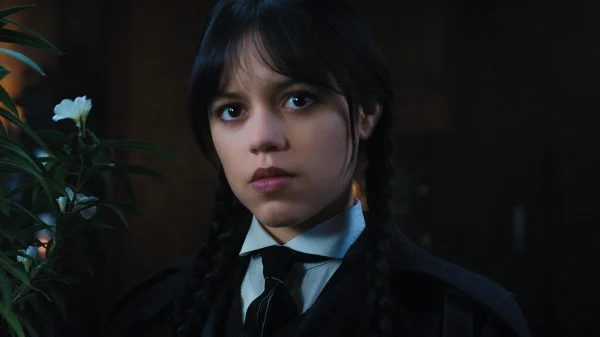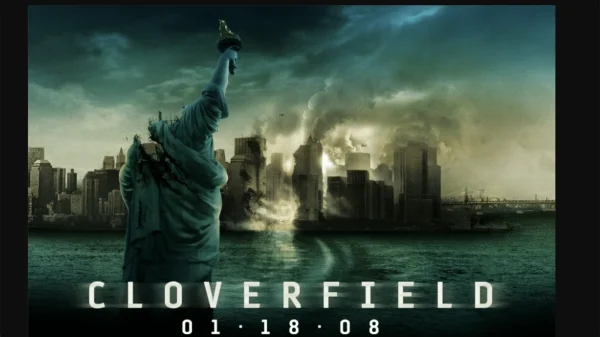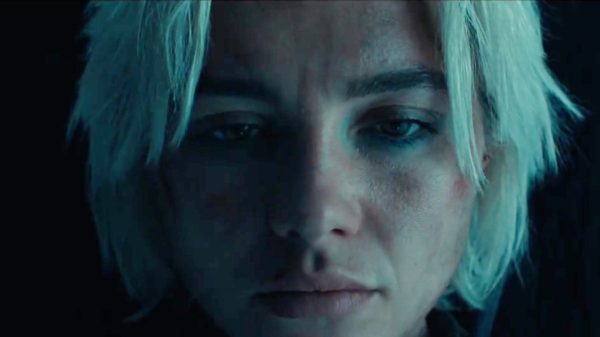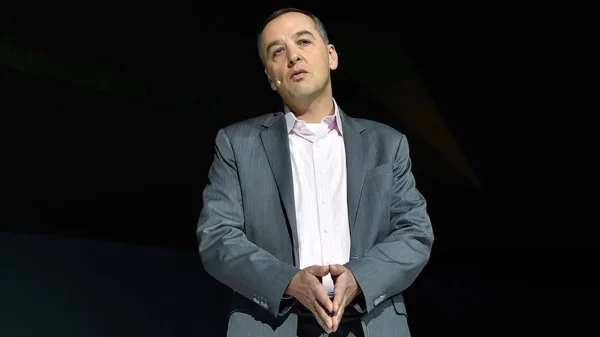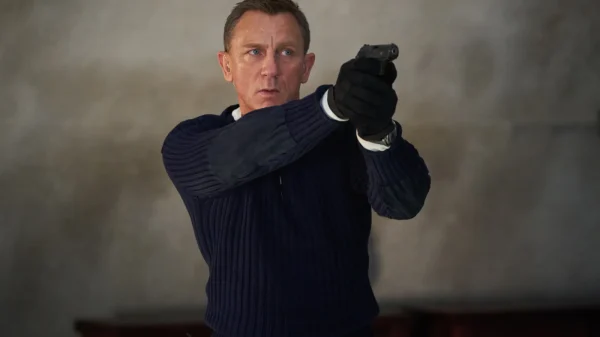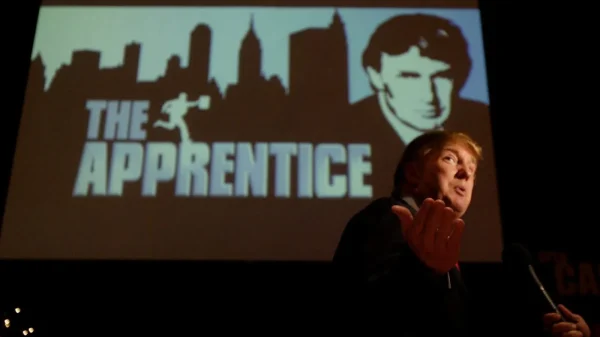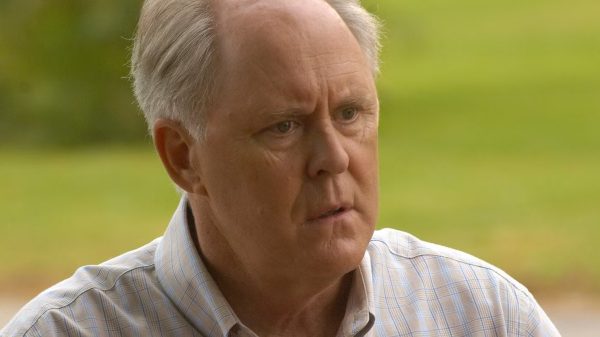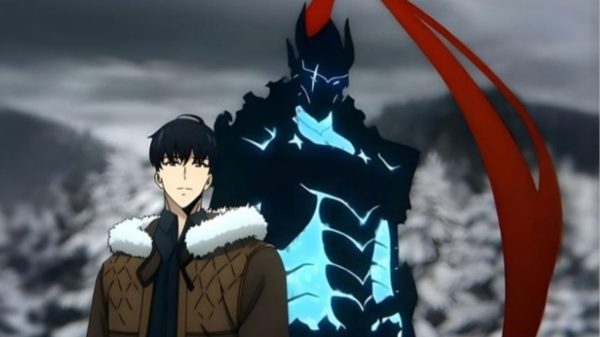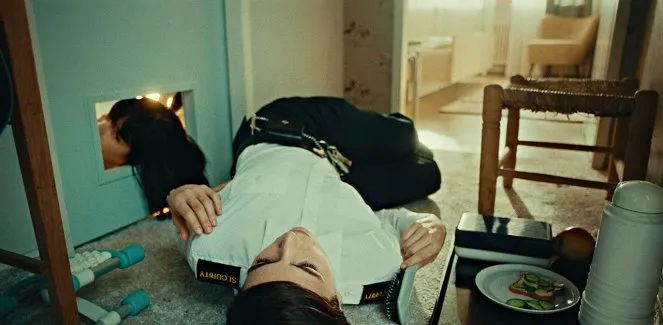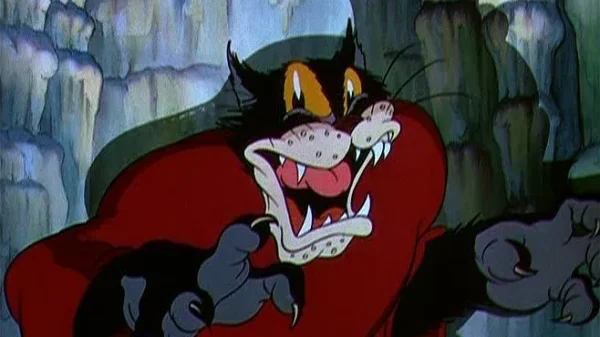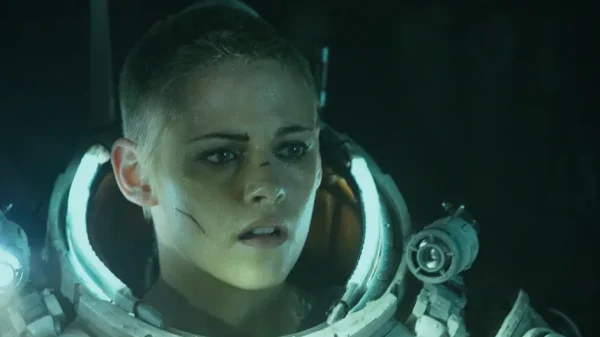In Natalia Sinelnikova’s debut feature film, We Might As Well Be Dead, the world teeters on the edge of chaos as fear spreads rapidly, infecting even the most rational individuals. The movie takes place in a dystopian world, where a single building serves as a refuge for those desperate to escape the unknown. At the heart of the story is Anna, a security officer tasked with processing applicants and addressing issues within the building. Initially, Anna appears to be in control, but as the narrative unfolds, it becomes clear that she too is susceptible to the fear that grips the community.
As the mysterious disappearance sparks a conspiracy theory, Anna’s efforts to maintain order become increasingly futile. The absurdity of the situation reaches a fever pitch, revealing the darker aspects of human nature. The film’s climax is both predictable and inevitable, leaving viewers with a sense of unease and familiarity. The conclusion serves as a stark reminder that we are all vulnerable to the disease of fear, and that our tolerance for panic can lead us down a destructive path.
Sinelnikova’s direction is meticulous, capturing the sense of desperation and chaos that permeates the building as the residents become lost and confused. Her exploration of the dangers of paranoia and the fragility of human nature is both chilling and essential. Through her film, Sinelnikova warns that we may not heed, but the importance of understanding the devastating consequences of our own fear cannot be overstated. The movie serves as a cautionary tale about the dangers of paranoia, reminding us that even in the face of uncertainty, we must strive to remain rational and avoid succumbing to the plague of fear.
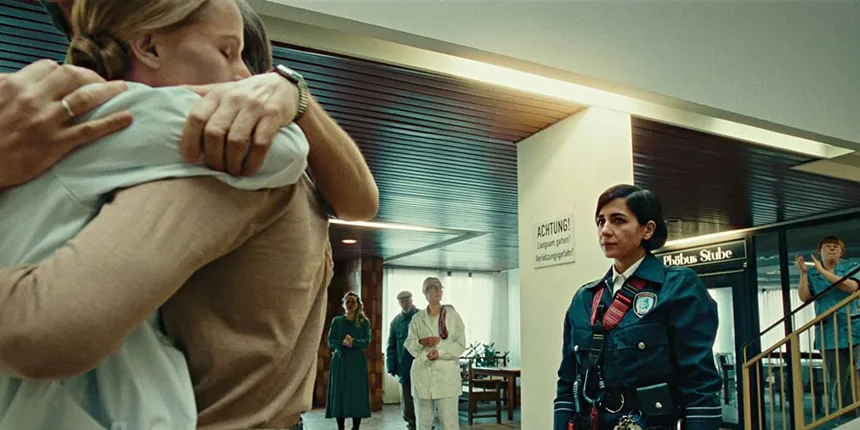
A Still From We Might As Well Be Dead (Photo: We Might As Well Be Dead)
The film’s focus on the consequences of fear and paranoia is timely, given the current state of the world. In an era of increasing uncertainty and social media-driven panic, We Might As Well Be Dead serves as a stark reminder of the devastating consequences of letting fear take hold. The movie’s exploration of human nature, specifically the darker aspects of human behavior that emerge in times of crisis, is particularly relevant. As the characters succumb to their own worst selves, the film raises important questions about the nature of humanity and our capacity for self-destruction.
Ultimately, We Might As Well Be Dead is a thought-provoking film that challenges viewers to confront their own fears and insecurities. By exploring the devastating consequences of fear and paranoia, Sinelnikova’s movie serves as a powerful warning about the dangers of letting our emotions dictate our actions. The film’s message is clear: we must strive to remain rational and focus on the facts, rather than allowing fear and panic to guide our decisions.

